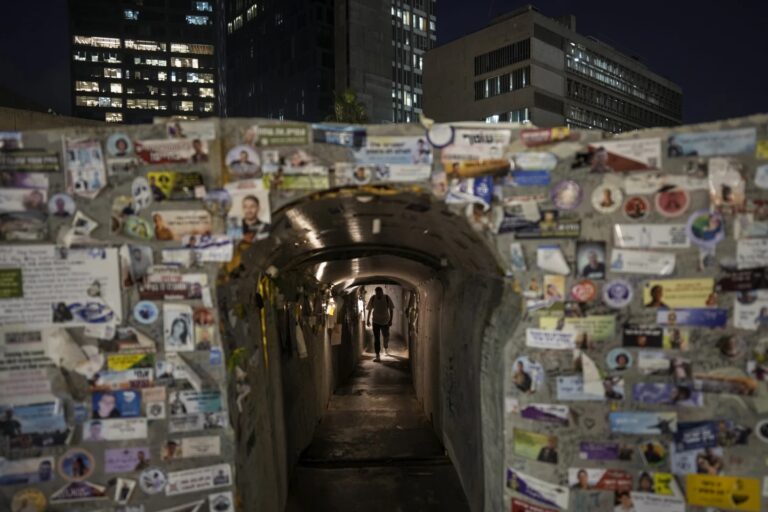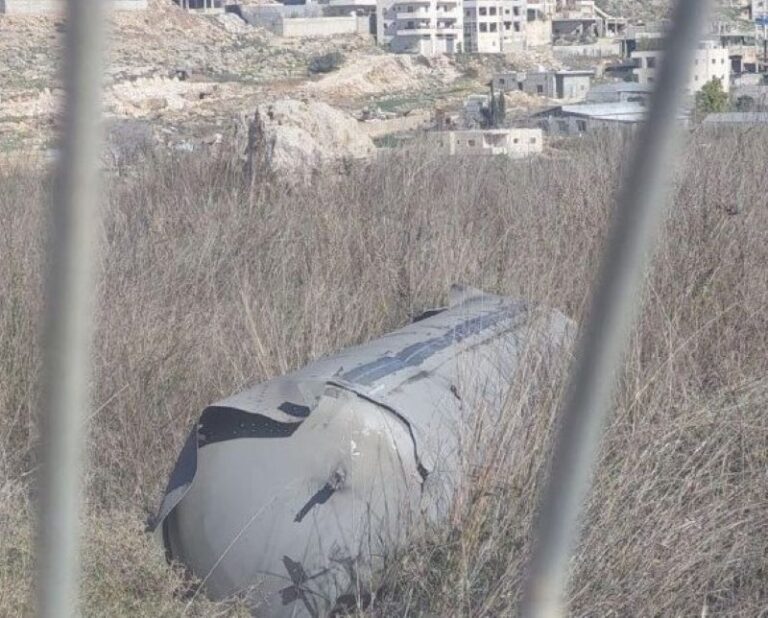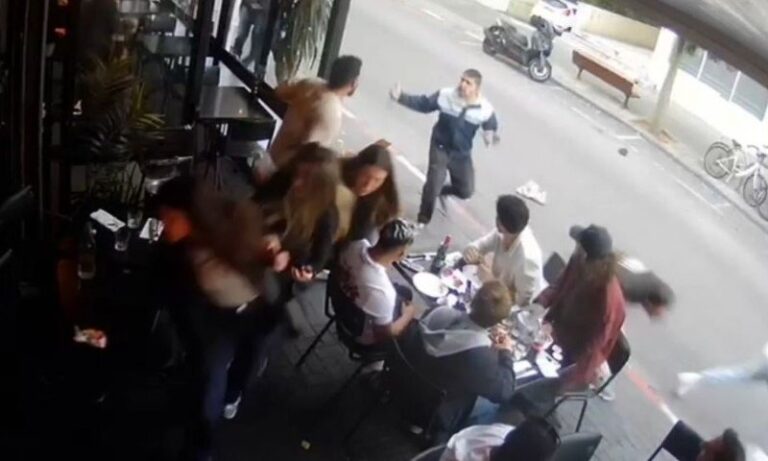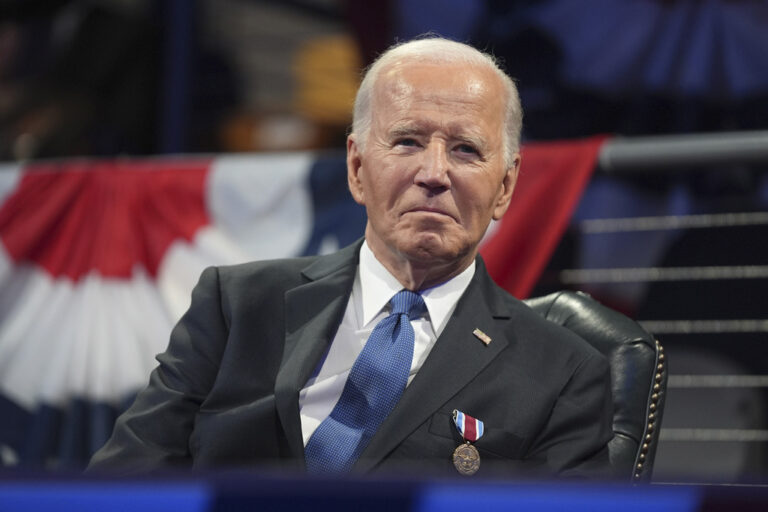The ceasefire/hostage deal approved by the Israeli government on Friday night goes into effect at 8:30 a.m. local time (0630 GMT). According to the plan, three living female hostages are to be released after 4 p.m. (1400 GMT). Soon afterward, Israel will release around 95 Palestinian prisoners, who are mostly minors or female.
Hamas was supposed to provide Israel with the names of the three hostages on Saturday afternoon, but as of late Saturday night, Israel still had not received the names. The names are to be made public only after the hostages are returned and officially identified.
In southern Israel, schools will begin only at 10 a.m. in anticipation that Hamas could launch rockets toward Israel just before the ceasefire begins.
Israeli troops inside Gaza will be deployed mostly among the territory’s borders with Israel and Egypt, and maintain a presence on a road that divides northern and southern Gaza, according to a map released by the Israeli military.
Meanwhile, hundreds of trucks carrying humanitarian supplies are expected to pour into Gaza.
What will happen in the first week?
If the ceasefire holds, the next exchange is set for the seventh day of the ceasefire, or Jan. 25. Hamas is supposed to release four living female hostages. In exchange, Israel will release between 30-50 Palestinian terrorists for each hostage.
Also on the seventh day, Israel’s ground troops begin withdrawing from the central road that bisects the territory, known as the Netzarim corridor. This will enable Palestinians displaced from northern Gaza to begin to return to what is left of their homes.
Security arrangements, including the inspections of Palestinians heading north, are still being hammered out, according to an Israeli military official who spoke on condition of anonymity under military guidelines.
In each exchange, terrorists will be released only after the hostages have arrived safely in Israel. All Palestinian terrorists who were convicted in deadly attacks will be exiled, either to Gaza or abroad. Some will be exiled for three years, others permanently.
The Rafah crossing between Gaza and Egypt is expected to start operating “soon,” according to Egyptian officials, as they prepare for a surge of humanitarian aid into Gaza. The crossing, Gaza’s main gateway to the outside world, has been closed since the Israeli army took over the area last May.
What is the first phase?
The first phase will last six weeks, or 42 days. In total, Hamas is to release 33 hostages in exchange for almost 2,000 Palestinian terrorists held by Israel. There is no information about how many hostages in the first group of 33 are alive. The hostages most likely to be on the list include women, children, elderly and sick hostages.
As the ceasefire progresses, three hostages will be freed each week in exchange for terrorists.
By the end of the sixth week, all the remaining hostages on the initial list of 33 hostages will be released.
What happens after?
During the third week of the ceasefire, the sides are to open negotiations on “Phase 2″ that aims to end the war altogether.
But there are scant details on what happens after the first six weeks. To help convince both sides to sign on to the ceasefire, foreign mediators left the second phase particularly ambiguous.
The broad outline says all remaining hostages in Gaza, both alive and dead, are to be released in return for a complete Israeli withdrawal from the strip and a “sustainable calm.”
Israel says it won’t agree to a complete withdrawal until Hamas’ military and political capabilities are eliminated, ensuring it can no longer rule. Hamas refuses to hand over the last Israeli hostages until Israel ends the war and removes all its troops.
Israeli Prime Minister Benjamin Netanyahu has offered the public no guarantees that Israel will make it to Phase 2.
“We must protect our ability to return to fighting if we need,” Netanyahu said late Saturday.
(AP)










